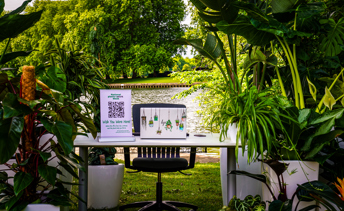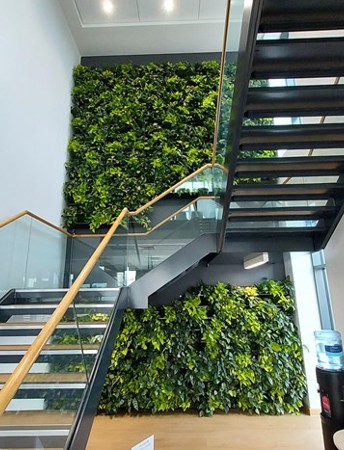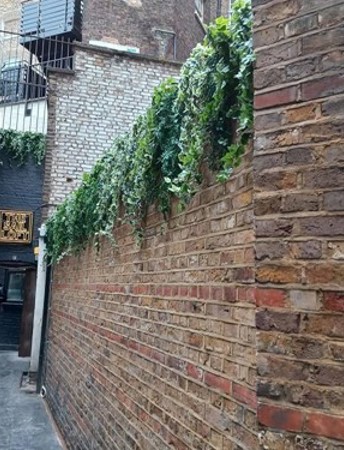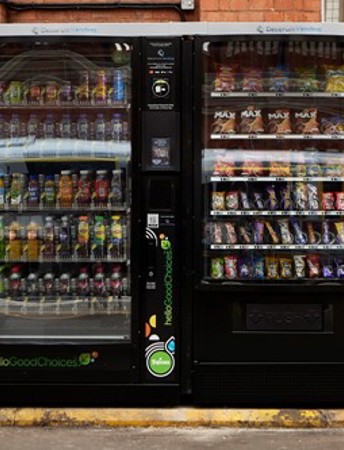Climate change is something that has been a growing concern for many years, though it is only during the last few that we have started to see the effects of global warming on the world first-hand.
This has led to the world’s general attitude towards protecting the health of our planet (and taking responsibility for the damage we’ve already caused) changing for the better. In a survey undertaken by Yale in 2018 as part of their programme on climate change, they discovered that 73% of polled Americans now accept the fact that global warming is happening (up 10% from March 2015), and that 72% of those surveyed felt that climate change was personally important to them.
Natural disasters, such as floods, hurricanes and droughts can have a devastating impact on the people that live in the places they hit. However, the fact that the seasons as we know them are also gradually shifting due to climate change is something that we should be taking more notice of. This is damaging to plant and animal ecosystems who rely on environmental cues to thrive, such as the arrival of spring. This is something that also trickles down to your business’s planting.
Think you haven’t experienced the effects yet? Think back to 2018 when Britain faced some of its most unpredictable weather in years, ranging from plummeting temperatures and heavy snowfall in March to a mini-heatwave just weeks later. In fact, temperatures reached 29.4C on the 19th of April, making this the hottest April day in 70 years. The fact that this far exceeded the typical hottest temperature for April (which is 11.4C), shows that spring and summer are now arriving earlier than usual.
So, how can you adapt your business’s planting to cater for the changing seasons? The most important thing is to be as proactive as possible; keep an eye on the weather forecast and plan your planting and maintenance around the upcoming conditions. For example, protect plants and structures when snow or frost is expected by covering structures with plastic coverings, and either bringing plants indoors or wrapping them with horticultural fleece.
If a heatwave is expected, there are also a few things you can do to prepare for this. As well as moving plants into shaded areas (if possible), you should put down mulch to lock in moisture in the soil. When it comes to your lawn or any other grassy areas within your premises, you should adjust your mower’s blade to a higher setting during a heatwave. This ensures that the grass blades provide more shade to the soil beneath them.
With the spring now arriving earlier than usual, you should also be prepared to start undertaking your spring gardening tasks in advance. These include aerating your lawn, clearing flowerbeds and borders, getting a head-start on your spring wedding and planting summer bulbs and seeds.
How Can My Business Prevent Climate Change?
Being sustainable is one of the main things businesses should be doing in 2019 and beyond. This might seem like a difficult and daunting task, but there are plenty of easy things you can do to start becoming more environmentally friendly. Here are our top tips:
- Add more greenery to your workplace – plants are highly effective at improving air quality as they absorb bacteria, dust, mould and carbon dioxide (CO2) from the air. CO2 is a greenhouse gas, which is one of the main contributors to global warming.
- Print fewer documents – limiting the amount you print helps the planet by reducing your energy and paper use. Encourage your employees to email documents to each other, and keep them online in a Cloud-based system that everyone in the business can access.
- Encourage people to recycle – having clearly labelled recycling bins (that tell you which waste materials should be put in each bin) will make it easier for your staff, customers and any other visitors to your premises to recycle.
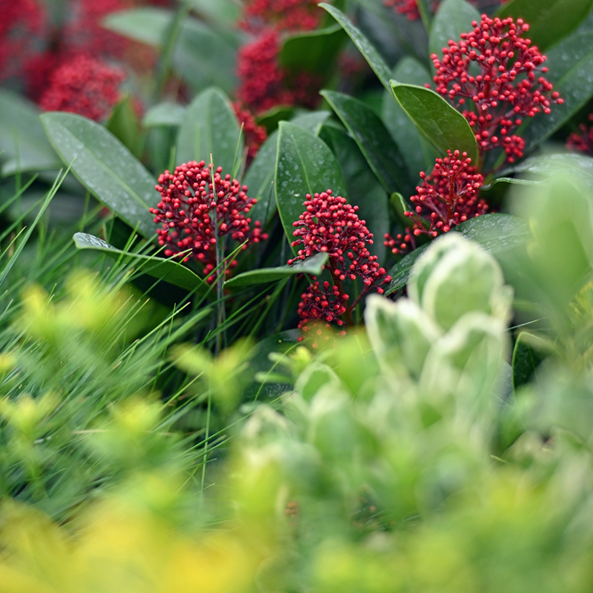
How Climate Change Is Affecting Your Planting
For anyone looking hard enough, the effects of global warming on plants are showing, and this problem is not going away.
The consensus among scientists is that man-made climate change will alter the world irreversibly if we don’t halt global warming. The COP26 conference in Glasgow last year focused minds on what is at stake.
In the UK, climate change will mean hotter summers, then warmer, wetter winters, and more extreme, intense weather events such as storms, flooding and heatwaves.
We can already see this in action. In 2020, the UK experienced the wettest February on record as Storm Dennis and Ciara caused extensive rainfall and flooding. Just a few weeks later, as lockdown kicked in at the end of March, the country basked in weeks of warm weather and sunshine – it was the sunniest spring on record.
In July 2021 the Met Office issued its first-ever amber extreme heat warning for the southern half of the UK. Last year did not produce as many weather records as 2020, but the overall trend is in line with what climate scientists predicted.
How Does Climate Change Affect Plants?
The changeable weather conditions are damaging ecosystems that rely on climate cues to function – such as the arrival of spring.
Anyone looking after plants affected by climate change needs to adjust their gardening plans.
In the short term, any business which cultivates plants or green spaces needs to be aware of the impact of weather fluctuations.
phs Greenleaf can advise how to cope with this. By tracking weather forecasts, you can be proactive in protecting and supporting your plants through climate extremes.
For example, when snow or frost is due you can protect planting areas with plastic coverings. You can either bring plants indoors or use horticultural fleece to protect them from the cold.
When long periods of blazing sunshine and warmer weather are due, it’s worth moving plants into shady areas if you can. You can put down mulch to stop moisture from evaporating from the soil. Don’t scalp your lawn – slightly longer grass can shade the soil underneath.
Given spring often arrives earlier than in previous decades, you want to get ahead on your spring gardening tasks. We can help with aerating the ground, weeding, clearing beds and planting summer bulbs.
Planting For Climate Change
Many businesses are working to reduce their emissions because it makes environmental and business sense. If your business premises include green spaces, such as the gardens of hotels, pubs, or care homes, you have an added opportunity to make a difference to the planet. Careful planting and maintenance of trees and other greenery contributes to taking the greenhouse gas carbon dioxide out of the atmosphere. Eliminating toxic weedkiller use and cultivating flowering plants support pollinating insects and ecosystems beyond the boundaries of your business premises.
Any indoor business premises can add more greenery to the workplace as part of its plans to operate more sustainably.
As workers return to the office in greater numbers, plants can help improve wellbeing at work. They also improve air quality as they absorb bacteria, dust, and mould.

At phs Greenleaf, we provide a range of interior and exterior planting services to keep your premises looking their best throughout the changing seasons. Whether you’re looking for office plants, hanging baskets, or regular grounds maintenance, contact us to find out more about how we can help you.



























